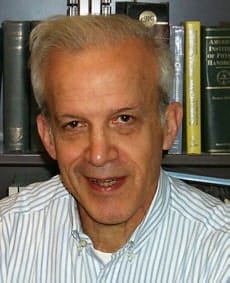The 2005 Wolf prize for physics has been awarded to Daniel Kleppner of the Massachusetts Institute of Technology (MIT) for "ground-breaking work in the atomic physics of hydrogenic systems, including research on the hydrogen maser, Rydberg atoms and Bose-Einstein condensation". The prize, awarded by the Wolf Foundation in Israel, is often thought to be the most prestigious prize in physics after the Nobel prize.

Kleppner, who is 72, received his PhD from Harvard University in 1959 and first moved to MIT, where he has spent most of his career, in 1962. In 1960 he developed the hydrogen maser with the future Nobel laureate Norman Ramsey, and pioneered the study of Rydberg atoms – atoms with one electron in a highly excited, almost classical state – in the 1970s.
In the 1970s Kleppner and a colleague, Thomas Greytak, also embarked on a research programme to achieve Bose-Einstein condensation (BEC) in a hydrogen gas. They finally succeeded in 1998 – three years after Carl Wieman, who had conducted undergraduate research under Kleppner, had demonstrated BEC in an alkali gas for the first time. Wieman, his colleague Eric Cornell and Wolfgang Ketterle shared the Nobel prize for this work in 2001, while another former PhD student of Kleppner’s – Bill Phillips – shared the prize in 1997.
The Wolf prize in mathematics has been shared by Gregory Margulis of Yale University for his contributions to algebra, and by Sergei Novikov of the University of Maryland in the US and the Landau Institute for Theoretical Physics in Moscow for his contributions to algebraic and differential topology and to mathematical physics.
The prizes, which are both worth $100000, will be presented in Jerusalem in May, by the president of Israel, Moshe Katsav.



